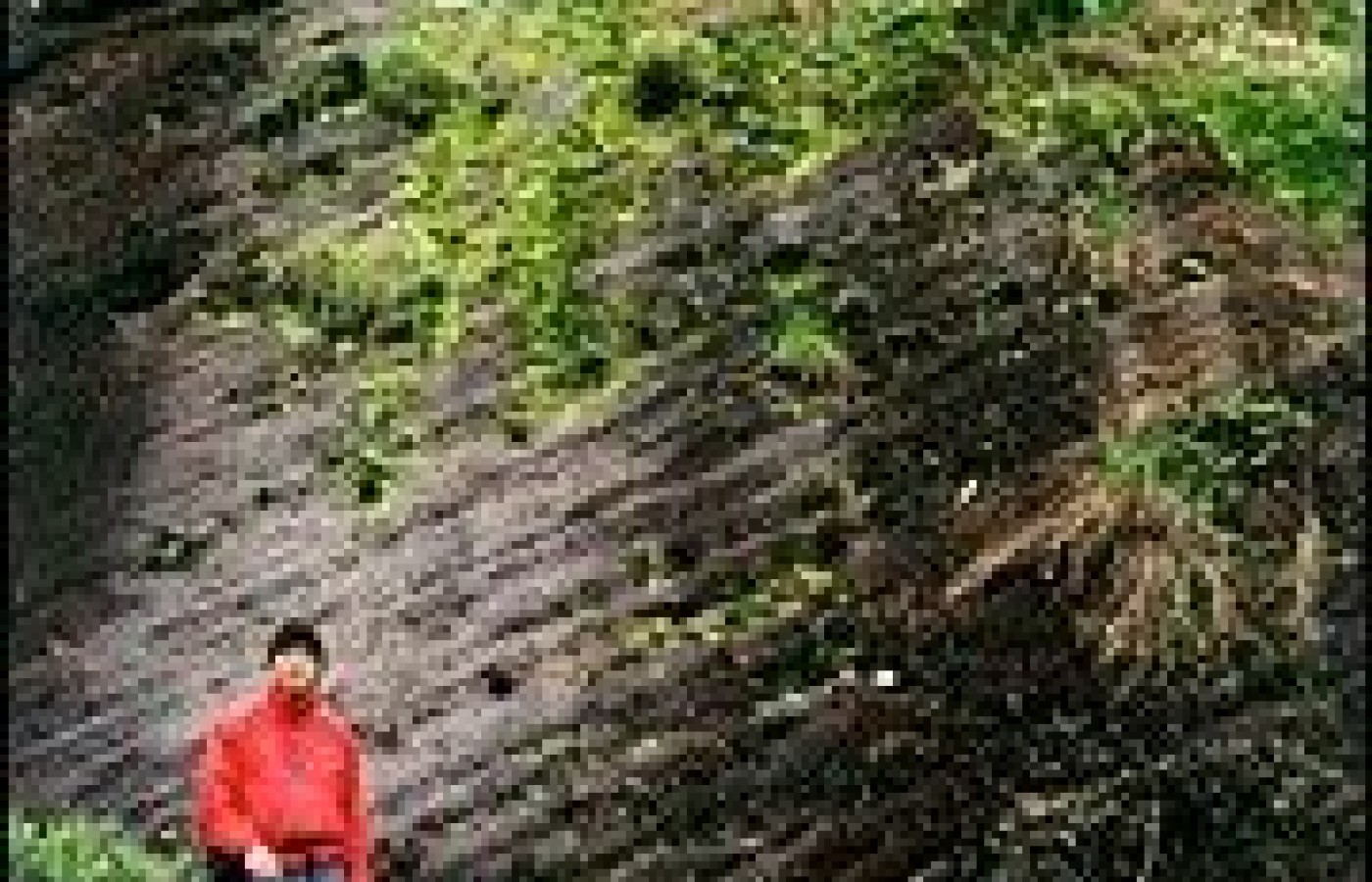Whether you accept it, avoid it or live somewhere in between, insurance coverage has become a defining issue for our profession. Patients increasingly expect to use their benefits, practitioners want to be compensated fairly for their time and expertise, and the system itself remains – at best – fragmented. The encouraging news is that coverage has expanded in meaningful ways. The challenging news is that reimbursement, across the board, remains inadequate.
Yan Cha Use for TCM Wind Cold Damp Treatment
Yan Cha Use for TCM Wind Cold Damp Treatment
The cha (tea) of choice for winter conditions consumed in China is either a hong cha (red or black tea), or a red oolong. This article will focus on red oolongs, which are referred to as yan cha, and which translates to "rock tea" or "cliff tea." These tea shrubs originated in the cold mountainous Wuyi Shan (Wuyi Mountain) area of northern Fujian province, and grow in red, gravel-like soil on steep slopes.
Tea travelers beware - these mountains are also home to five different species of pit viper! They are highly prized for their medicinal properties of resolving wind cold and damp invasion, and are mostly consumed as an herb-soaked booze called yao jiu, consisting of whole snakes and 100-proof sorghum wine.
It so happens that these same properties also are attributed to the numerous different varieties of yan cha, the most famous of which is named da hong pao ("long red robe"). An old fable regarding this tea, and how it got its name, refers back hundreds of years to when a traveler passing through the Wuyi area was successfully treated with the tea for a digestive disorder. When he left the area, he took some of the tea with him to his destination. There he successfully treated an ailing politician, and received an official promotion as a reward for his medical services. He was awarded the customary long red robe worn by officials of that time. He later returned to Wuyi Shan, where he laid his robe on one of the tea plants as a tribute to its health benefits, and to his newfound success!
Yan Cha Case Studies
1. Acupuncture Association of Colorado Conference, November 2002. We visited with fellow acupuncturist and friend, Fred Jennes, who was experiencing wind cold invasion. We treated him with a rou gui (cinnamon bark, named after its hot nature, even though it contains no cinnamon) variety of yan cha. He warmed up, all right. In fact, he called three days later to inform us that he had heated up so much, he needed long dan xie gan wan for two days to cool down!

3. AAOM Conference, Las Vegas, Nevada, Oct. 25, 2004. During a two-hour lecture titled "Cha Use in TCM" given to a group of about 15 TCM professionals, 70 percent of the group were beginning to present with fall weather wind cold symptoms affecting the upper body. We brewed up 15 grams of da hong pao cha in a 15-ounce teapot and steeped it for 20 minutes to produce a hearty brew, which was consumed in very concentrated shots. Then we repeated the process. After 25 minutes, most of the group felt relief. One herbalist complained of no relief. Inquiry revealed that her symptoms had begun a few days earlier, and she had already developed into a phlegm condition. She was feeling better after another 30 minutes (and a few more shots!).
4. December 2004, Dalian, China. I was suffering from constipation for three days. It is a chronic hereditary problem, aggravated by new living conditions in a foreign country (new foods, water, etc.) as well as icy weather conditions, and possibly beer. Hara diagnosis revealed cold center. I had been treating the condition for two days with decocted sheng jiang (a large amount), chen pi, mai ya, shan zha, ban xia, and gan cao, to no avail. Being very yin deficient with a tendency to overheat, I am hesitant to use strong warming herbs. I thought possibly a strong yan cha might help. I selected the shui xian ("water fairy") variety due to its aromatic yet not-too-drying nature. I brewed 9 grams of tea in a 9-ounce teapot for 15 minutes, and re-infused the same tea leaves two more times. The condition was remedied in six hours.
As cha is a food item, "no oolong is too strong" when used for medicinal purposes. Cheers!



